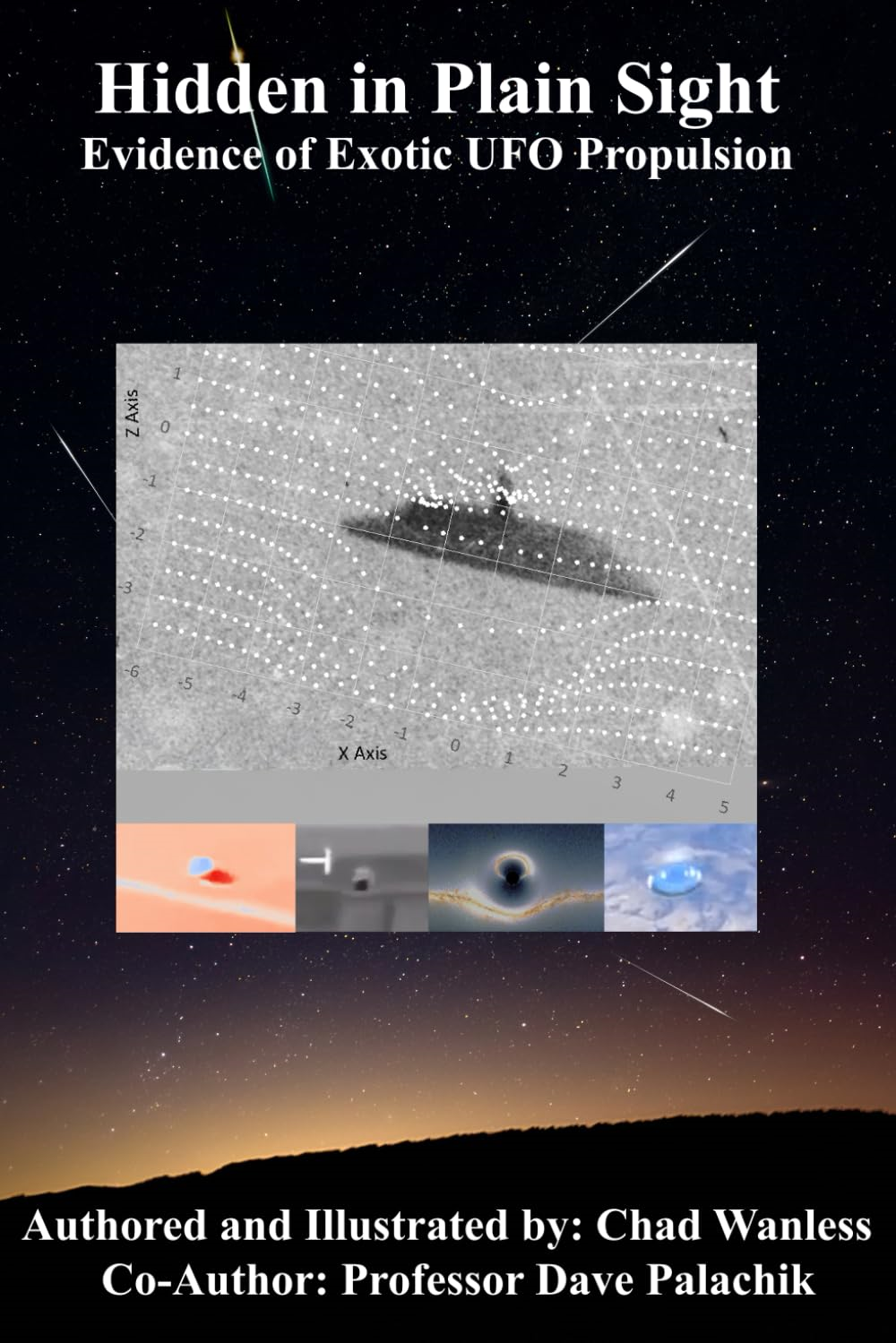Mysterious bundle of string on Mars’ surface found by Perseverance rover0
- From Around the Web, Space
- August 10, 2022
NASA’s Perseverance rover captured an unusual image of something lying in the red sand of Mars: a bundle of string.

NASA’s Perseverance rover captured an unusual image of something lying in the red sand of Mars: a bundle of string.

All of the Australopithecus-bearing cave sediments may be close to a million years older.

Google engineer Blake Lemoine caused a stir earlier this month when he claimed that the search giant’s LaMDA chatbot has gained sentience. Following his claims, Google put him on administrative leave for violating its confidentiality policy. Previously, a researcher at Google’s DeepMind AI division also hinted that they are on the verge of achieving human-level AI.
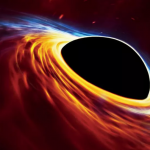
This behemoth has been powering an ultrabright quasar for 9 billion years.

Androids that are part human, part robot are a staple of science fiction. But they’re now a step closer to reality after researchers crafted a living skin for robots out of human cells.
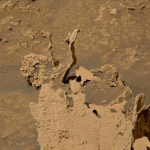
The Curiosity rover has found an outstanding rock formation piercing the alien landscape of Mars. Amongst the shallow sands and boulders of the Gale Crater rise several twisting towers of rock – the spikes of sediment look almost like frozen streams of water poured from an invisible jug in the sky.

Neptune and Uranus are so similar that scientists sometimes refer to the distant, icy planets as planetary twins. But these ice giants have one big difference: their color.
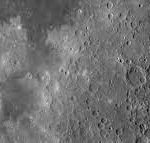
There are water molecules and ice up on the Moon, so how did they get there? Asteroid and comet collisions are likely to have produced some of it, but a new study suggests another source of lunar water: the Earth’s atmosphere.
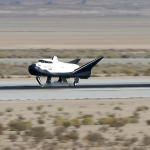
The private spacecraft could be flying cargo missions to the space station as soon as 2023.
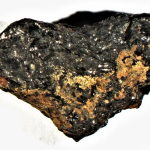
A rare stellar death may have formed a rock that eventually landed in Egypt.

